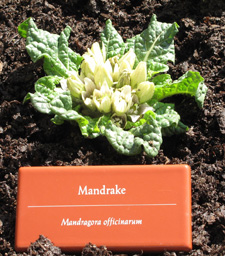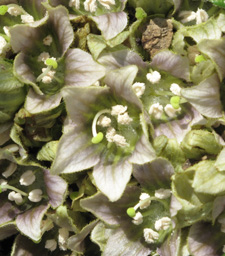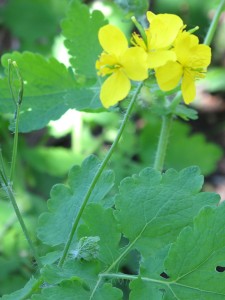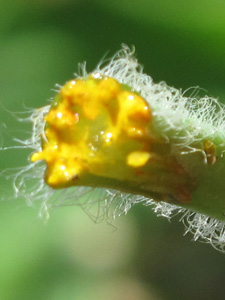The Mandrakes Bloom Again…
The mandrake, credited with both medicinal and magical powers over the course of many centuries, has accumulated more lore than any other plant in the Western tradition. Above: One of a colony of five spring-blooming mandrakes in Bonnefont garden. In March, this famous member of the nightshade family produces tight clusters of short-stemmed bell-shaped flowers.
Mandrake (mandragora) is hot and a little bit watery. It grew from the same earth which formed Adam, and resembles the human a bit. Because of its similarity to the human, the influence of the devil appears in it and stays with it, more than with other plants. Thus a person’s good or bad desires are accomplished by means of it, just as happened formerly with idols he made. When mandrake is dug from the earth, it should be placed in a spring immediately, for a day and a night, so that every evil and contrary humor is expelled from it, and it has no more power for magic or phantasms.
???Hildegard of Bingen, Physica (translated by Patricia Throop)




